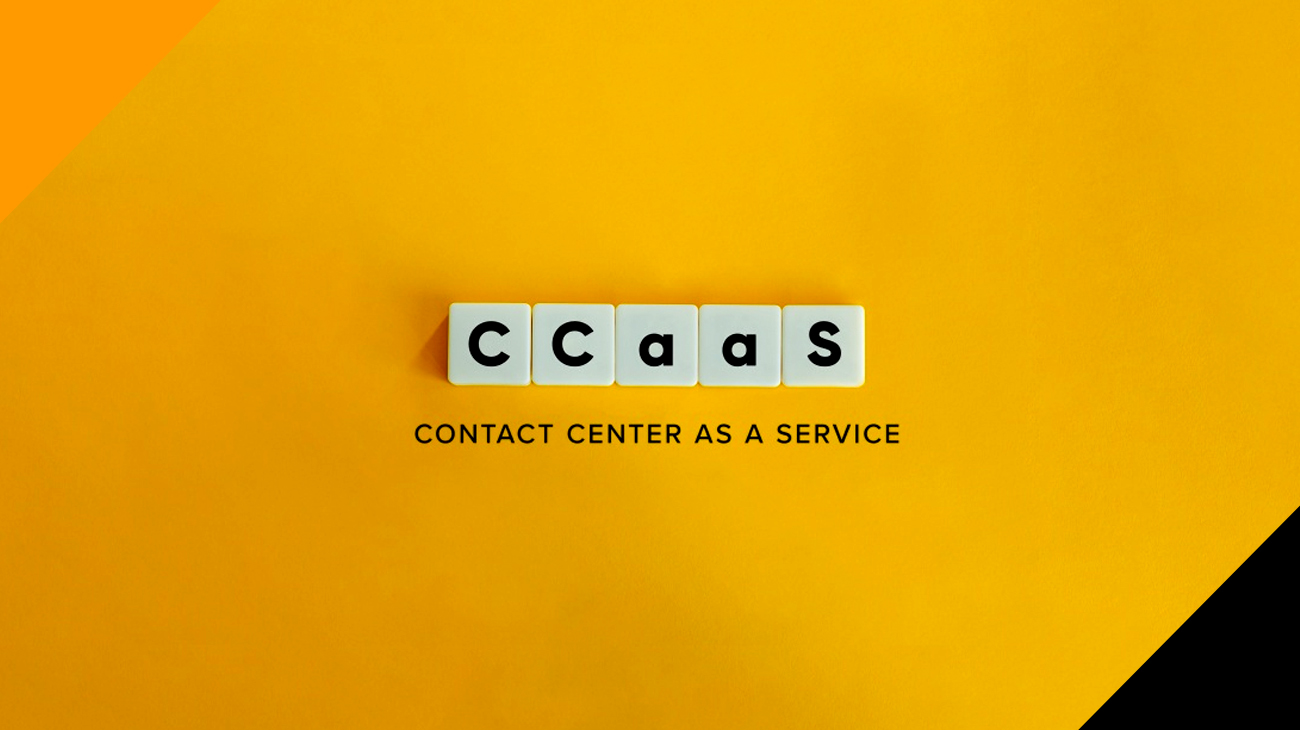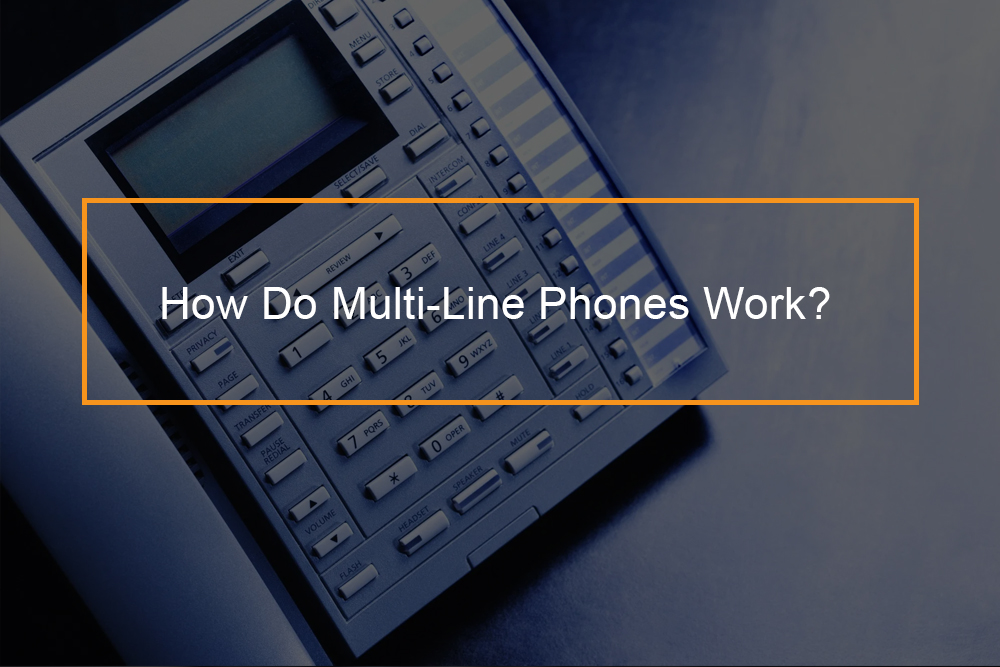Contact Center as a Service (CCaaS): The Complete Guide

Understanding Contact Centre as a Service
In the current fast-paced business environment offering exceptional customer service isn’t an advantage in competition, but an absolute requirement. This is the reason for CCaaS, an innovative concept that is redefining the way businesses deal with customer interactions. CCaaS is a term used to describe Contact Centre as a Service represents an important shift in the realm of customer support, leveraging the power for cloud-based technology in order to change the way that companies manage their customer support channels.
What is CCaaS contact centre as a service? When we begin this journey to find out the core of CCaaS and its benefits, let’s dive into the meaning of it and how it functions and the incredible advantages it can bring to companies who want to offer exceptional customer service in a rapidly digital age. Come along as we look into the limitless possibilities and possibilities of this revolutionary service, and learn the reason CCaaS is fast becoming the core of the modern customer service strategy.
Table of Contents
What is CCaaS contact centre as a service?
What is CCaaS contact centre as a service? CCaaS is an abbreviation to mean Contact Center as a Service and is a cloud-based application that enables customer communication that does not require traditional equipment for calling. The software for contact centers is available in a monthly or annual subscription to fully function as with other SaaS applications.
Key Components of CCaaS
Contact Centre as a Service (CCaaS) is a complete cloud-based system designed to speed up and enhance customer interaction. Its essential components are crucial for its efficiency in providing superior customer service. Let’s look at these fundamental elements:
- Multi-Channel Communication:
CCaaS allows businesses to communicate with their customers using a variety of ways, such as emails, voice calls, messages, chat, SMS as well as social media. This multi-channel option allows customers to interact with the business using their preferred methods of communication which results in increased satisfaction and ease of access.
- Scalability:
One of the most notable aspects in CCaaS is its ability to scale. Businesses can easily alter the number of agents, the resources and communication channels in order to handle variations in demand for their customers. This flexibility is essential during busy times and allows efficiency in operations during less busy periods of.
- Flexibility and Customization:
CCaaS platforms provide a significant level of flexibility and custom. Businesses can modify their contact centre operations to suit the needs of their customers. This could include creating call routing rules and making Interactive Voice Response (IVR) systems and integrating CCaaS into other applications for business including CRM software.
- Analytics and Reporting:
CCaaS solutions are equipped with powerful analytics and reporting tools. These tools gather and analyze information from interactions with customers agents’ performance, customer interactions, and operations of the contact centre. With these insights companies can make better decisions that will improve their services as well as optimize workflows and improve the experience for customers.
- Omnichannel Management:
CCaaS is more than a multi-channel solution to provide Omnichannel Management. It implies that interactions with customers are interspersed across every channel, allowing agents to gain a comprehensive view of customer’s history and preferences. It provides an unison, consistent customer experience.
- Agent Productivity Tools:
CCaaS platforms typically contain features and tools specifically designed to improve the productivity of agents. They may include smart algorithmic routing, prescriptive dialers and knowledge bases to help agents to provide fast and precise answers to customer queries.
- Security and Compliance:
Security is the top concern for CCaaS solutions. Providers employ robust security measures to guard customers’ information and ensure compliance with regulations specific to their industry, such as GDPR, HIPAA, or PCI DSS. This is especially important when dealing with sensitive information about customers.
- Cost-Efficiency:
With the move to a cloud-based model CCaaS removes the requirement for hardware and infrastructure on premises. Companies pay for CCaaS on a monthly basis and can yield significant savings in cost in comparison to traditional contact centre configurations.
- Remote Work Support:
CCaaS lets agents work from anywhere using Internet access. This flexibility does not just improve the quality of life for agents, but also expands the pool of talent by allowing enterprises to recruit remote workers with special abilities.
- Continuous Improvement:
CCaaS providers usually provide regular updates and enhancements on their platform. They ensure that their customers are able to access the most current features and technologies, assisting them to stay ahead of the curve in a constantly changing customer service market.
Benefits of CCaaS
Contact Centre as a Service (CCaaS) has a myriad of benefits for companies looking to enhance their customer service capabilities and adjust to the ever-changing digital environment. Here are some major benefits:
|
|
|
|
Alongside these broad advantages, CCaaS can also offer numerous benefits to businesses across different sectors. For instance, CCaaS can help healthcare providers improve the quality of their patient care by offering a better method of managing appointment times and records of patients. CCaaS will also allow retail companies enhance customer satisfaction by offering customers an easier way to get support or return their products.
All in all, CCaaS offers a number of benefits that are significant for companies of any size. It’s a flexible cost-effective, easy-to-use solution that allows businesses to enhance their customer service, cut expenses, and increase sales.
| Here are some examples of how companies can gain from CCaaS: |
|
|
|
|
|
How to Deploy CCaaS
In order to deploy CCaaS There are the following steps you should adhere to:
- Define your requirements. What features and capabilities do you require in the CCaaS solution? What number of users will use the service? What spending plan do you have? After you have knowledge of your needs then you can begin to limit your choices in CCaaS providers.
- Choose a CCaaS provider. There are numerous various CCaaS providers to pick from, and it’s crucial to conduct your investigation and evaluate different options before deciding. Be aware of factors like cost and features, as well as functionality and customer service.
- Migrate your data. If you’re switching from a traditional on-premises call center system to CCaaS You will have moved your data onto this new system. The process isn’t easy and therefore it is crucial to partner together with the CCaaS supplier to guarantee it goes quickly and efficiently.
- Configure the CCaaS solution. After your data has been transferred, you’ll be required to configure your CCaaS service to satisfy your particular requirements. This involves the creation of user accounts, setting routing rules and linking to other platforms.
- Train your agents. After the CCaaS solution is set up you must educate your agents on how to utilize it. This involves instructing them about the functions and features of the system and also on the specific workflows and processes you’ll be using.
- Go live! After your employees have been educated and the CCaaS solution is set up and configured, you’re ready to go live. This means you can begin with this CCaaS solution to manage every interaction with your customers.
| Here are some more tips to help you deploy CCaaS efficiently: |
|
|
|
|
Choosing the Best CCaaS Platform
Choosing the correct software for your contact center business will guarantee that your employees will provide your customers with top-quality service regardless of how they contact you.
Contact centers are ideal for recurring customer inquiries or orders, as well as help desk tickets because it integrates email, voice as well as text and social media into one user-friendly omnichannel service.
| When you are looking at the various providers Here are some important questions to ask: |
|
|
|
|
|
|
How does CCaaS work?
The CCaaS model allows you to buy just the software that you require. The provider you contract with is the sole host of the technology in a data center offsite.
By using this method, you won’t have to spend money on expensive infrastructure and hardware. There’s no need for an internal IT team to manage and maintain it. It’s an excellent way to reduce the number of IT resources in-house and lower the cost of support.
After you have purchased the software, you are able to start your contact center. CCaaS allows you to:
|
|
|
|
|
|
What is an example of a CCaaS?
| A few instances of CCaaS solutions are: | |
|
|
|
|
|
|
|
|
|
|
|
|
They offer a range of functions and features and it is therefore important to evaluate different options before picking one.
Here’s an illustration of how a business could benefit from an CCaaS solution:
Retailers use a CCaaS service to control contact with customers. Customers can reach the business via phone or email, chat or via social media. If a client contacts the business, that communication is sent through it through the CCaaS software’s routing systems. The routing system routes the call to the most available agent in accordance with the requirements of the customer and the agent’s capabilities and the agent’s load.
Agents can then utilize this CCaaS solution to gain access to the information on the customer’s account as well as view the customer’s service history, and even transfer the customer to a different agent, if required. This CCaaS option also allows agents to communicate with one another and collaborate in responding to customer queries.
The CCaaS solution also offers the business with various data and analysis. The data can be utilized by the company to enhance the customer experience, decrease costs, and increase sales.
For instance, the business could use the CCaaS system’s reports to determine the most frequently asked questions from customers. This data could be used to develop educational materials for agents or to design new self-service solutions for customers.
The company can also utilize its CCaaS solution’s analytics feature to track the efficiency of its customer service team. The data could be used to determine areas to improve like decreasing wait times for customers or enhancing customer satisfaction.
Frequently Asked Questions
What are the primary communication channels supported by CCaaS?
CCaaS platforms generally offer a variety of communication channels. These include emails, voice calls, chat SMS, as well as social media. This support for multiple channels allows businesses to interact with their customers via the preferred methods of communication.
Is CCaaS suitable for businesses of all sizes?
CCaaS has a high degree of scalability and is able to accommodate enterprises of all sizes from small businesses to large corporations. It lets companies adjust their contact center processes to meet their particular needs and growth plans.
How quickly can a business implement CCaaS?
Implementing CCaaS generally is quicker and simpler than deploying traditional on-premises call center solutions. The exact timing can be different according to the particular needs and demands of the business.









